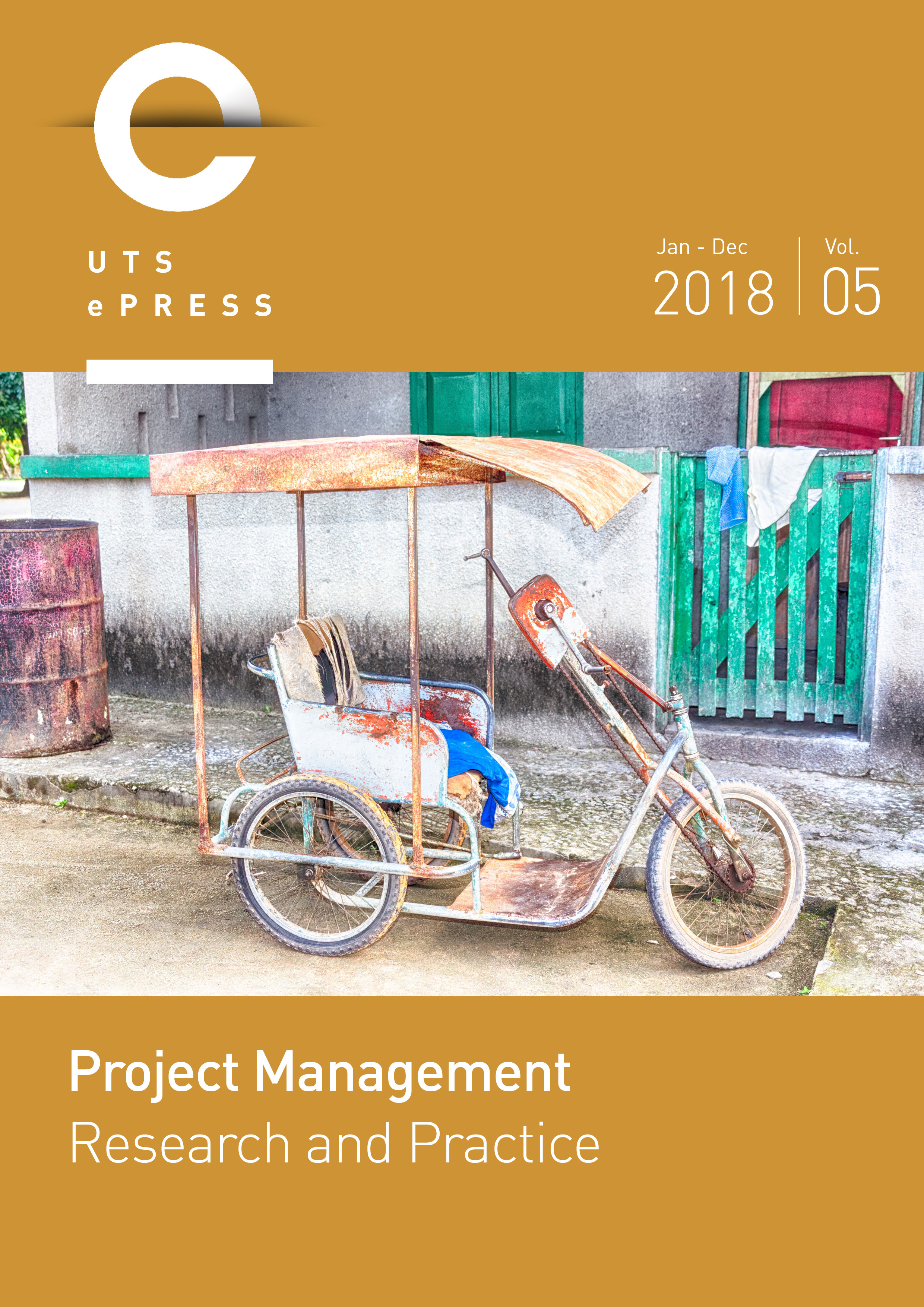The Story of a Village: A Case Study in Strategic Planning at Enyinndakurom, Ankaful, Central Region, Ghana
Main Article Content
Abstract
The development of a strategic plan for an African village can seem a daunting task, especially if the village is one created from diverse beginnings and different cultural origins, where ethnicity, language and custom are not homogenous. In this article the authors explore the outcomes of the traditional top down approach. They contrast this with a collaborative approach, bottom up, and propose the use of management strategies more commonly found in an industrial environment. Deploying a case study approach the development and implementation of a strategic plan for a post-leprosy rehabilitation village near Elmina in Ghana, West Africa is described and evaluated.
Learned helplessness is often an outcome of intervention aid. By approaching a project with a top down approach, the dependency of a community can become ingrained. However a partnership approach with the villagers is hoped to engender a sense of ownership in the community, motivating optimism. The authors believe that the possibility of engagement with the village is greatly strengthened using collaborative approach, and that this is key to a successful outcome. The concept, strategy and initial results as well as the ongoing sustainability of the strategy are described. The underlying hypothesis is that by empowering an impoverished and disenfranchised community with tried and trusted, modern management methods, engagement as well as success can be achieved.
Article Details
Issue
Section
Authors who publish with this journal agree to the following terms:
a) Authors retain copyright and grant the journal right of first publication with the work simultaneously licensed under a Creative Commons Attribution License that allows others to share and adapt the work with an acknowledgement of the work's authorship and initial publication in this journal.
b) Authors are able to enter into separate, additional contractual arrangements for the non-exclusive distribution of the journal's published version of the work (e.g., post it to an institutional repository or publish it in a book), with an acknowledgement of its initial publication in this journal.
c) Authors are permitted and encouraged to post their work online (e.g., in institutional repositories or on their website) prior to and during the submission process, as it can lead to productive exchanges, as well as earlier and greater citation of published work (See The Open Access Citation Advantage Service). Where authors include such a work in an institutional repository or on their website (ie. a copy of a work which has been published in a UTS ePRESS journal, or a pre-print or post-print version of that work), we request that they include a statement that acknowledges the UTS ePRESS publication including the name of the journal, the volume number and a web-link to the journal item.
d) Authors should be aware that the Creative Commons Attribution (CC-BY) License permits readers to share (copy and redistribute the work in any medium or format) and adapt (remix, transform, and build upon the work) for any purpose, even commercially, provided they also give appropriate credit to the work, provide a link to the license, and indicate if changes were made. They may do these things in any reasonable manner, but not in any way that suggests you or your publisher endorses their use.
